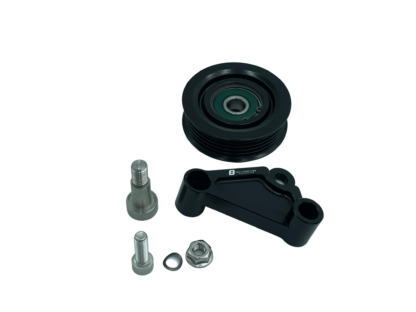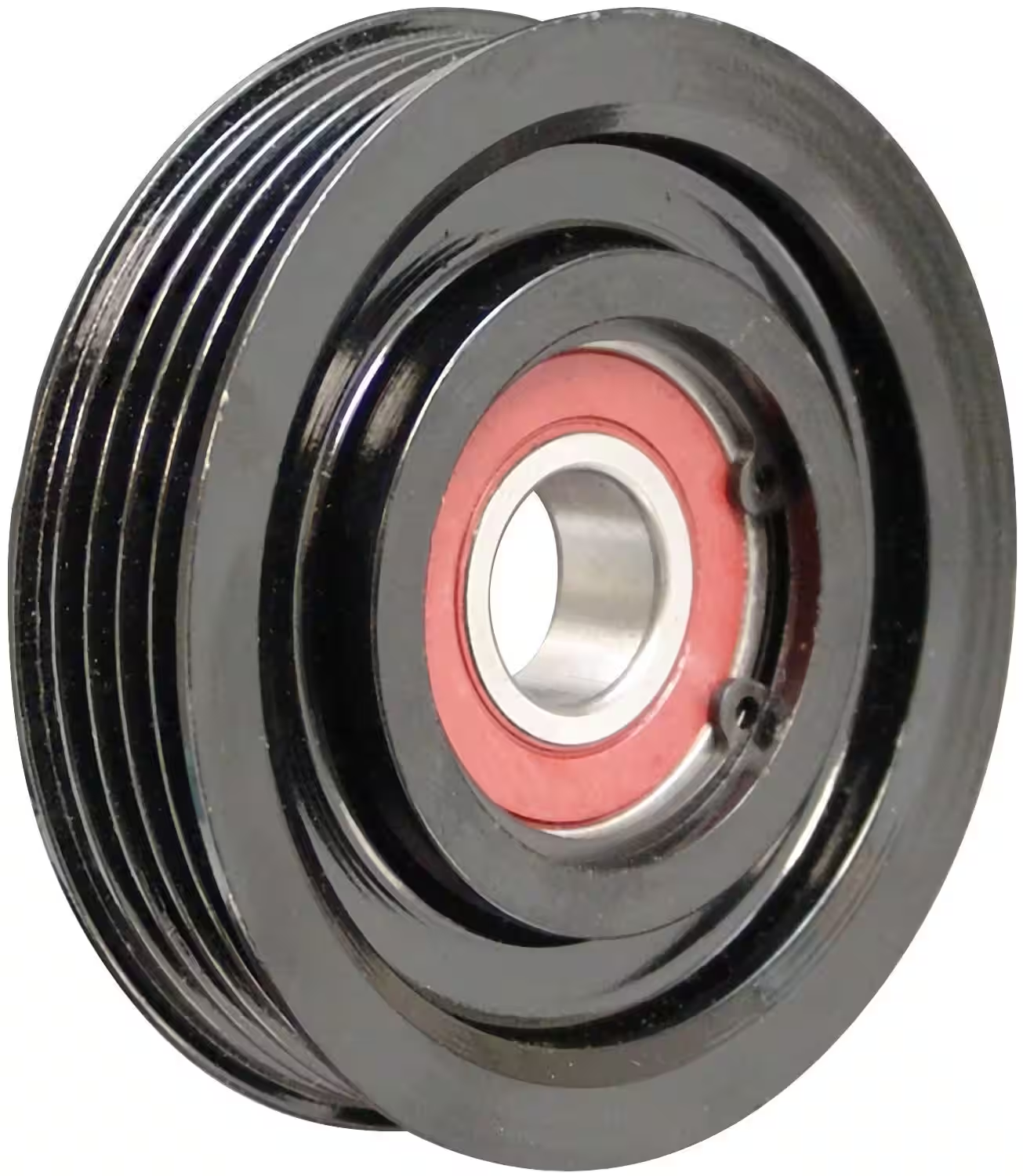Product Description
Cable Pulley Ceramic Pulley Wheel Wire Cable Pulley
Cable pulley wheels, wire cable pulley, flanged cable pulley, plastic cable pulley, nylon cable pulley.
Flanged ceramic roller, Wire guide pulleys (ceramic pulleys) is commonly used component when wire passing is required, it can be used in coil winding machine, cable machine and the textile machinery as well. The porcelain ring is mounted on the bearing, Coil winding wire guide pulley(wire roller) will rotate by the thread and wire passing on the surface of the ring. Thus the sliding friction has been converted to the static friction.
But at the start and stop, in order to overcome the inertia, there will be a partial sliding friction. The surface Polish degree of the porcelain ring reaches Ra0.2; The beating during rotation is under 0.15. We select the 99% Al2O3 as the material with the hardness of HRA88 and the density of 3.85…Two nylon side walls have been put to the both side of the ceramic ring and the bearing, coil winding wire guide pulley (wire roller) combines 1 wire roller
Cable pulley wheels, wire cable pulley, flanged cable pulley, plastic cable pulley, nylon cable pulley.
| Specification table of wire roller | |||||
| Modle No | A((mm) | B(mm) | C(mm) | D(mm) | E(mm) |
| HCR001-B03 | 20 | 15 | 3 | 4.8 | 3 |
| HCR002-B04 | 28.7 | 20 | 4 | 6.4 | 4 |
| HCR003-B03 | 30.4 | 15 | 3 | 10 | 3 |
| HCR004-B04 | 40 | 20 | 4 | 15 | 3 |
| HCR045-B04 | 45 | 4 | |||
| HCR045-B05 | 5 | ||||
| HCR045-B06 | 6 | ||||
| HCR005-B05 | 54.5 | 30 | 5 | 10 | 6 |
| HCR005-B06 | 6 | ||||
| HCR005-B07 | 7 | ||||
| HCR005-B08 | 8 | ||||
| HCR006-B07 | 60 | 40 | 7 | 13 | 7 |
| HCR006-B08 | 8 | ||||
| HCR006-B10 | 10 | ||||
| HCR006-B12 | 12 | ||||
| HCR007-B05 | 60 | 30 | 5 | 18 | 6 |
| HCR007-B06 | 6 | ||||
| HCR007-B07 | 7 | ||||
| HCR007-B08 | 8 | ||||
| HCR008-B10 | 79.2 | 50 | 10 | 15 | 9 |
| HCR009-B07 | 80.5 | 40 | 7 | 25 | 7 |
| HCR009-B08 | 8 | ||||
| HCR571-B10 | 99.3 | 50 | 10 | 29.5 | 9 |
/* January 22, 2571 19:08:37 */!function(){function s(e,r){var a,o={};try{e&&e.split(“,”).forEach(function(e,t){e&&(a=e.match(/(.*?):(.*)$/))&&1
| Logo Printing: | Without Logo Printing |
|---|---|
| Size: | Small |
| Customized: | Non-Customized |
| Type: | Precision translational head |
| Material: | Ceramic |
| Certification: | ISO 9001:2008, ISO 9001:2000 |
| Customization: |
Available
| Customized Request |
|---|
What are some real-world examples of idler pulley applications in various industries?
Idler pulleys have diverse applications across various industries where belt-driven power transmission is utilized. Let’s explore some real-world examples of idler pulley applications in different industries:
1. Automotive Industry:
– Engine Systems: Idler pulleys are commonly used in automotive engines to guide and tension accessory belts that drive components like alternators, water pumps, power steering pumps, and air conditioning compressors.
– Timing Belt Systems: In timing belt systems, idler pulleys help maintain proper tension and alignment of the timing belt, ensuring precise synchronization of engine components.
2. Manufacturing Industry:
– Conveyor Systems: Industries like manufacturing, mining, and logistics employ conveyor systems with idler pulleys to guide and support conveyor belts, facilitating the movement of materials within production lines and warehouses.
– Industrial Machinery: Various industrial machinery, such as woodworking machines, textile machinery, and printing presses, utilize idler pulleys in their belt drive systems for power transmission and tension control.
3. Agricultural Industry:
– Farm Equipment: Agricultural machinery like combines, tractors, and harvesters incorporate idler pulleys to guide and tension belts that drive components such as power take-off (PTO) systems, augers, and conveyors.
4. HVAC Industry:
– Heating and Cooling Systems: HVAC systems commonly use idler pulleys to maintain tension and proper alignment of belts driving components like fans, blowers, compressors, and pumps.
5. Printing and Paper Industry:
– Printing Machines: Printing and copying machines use idler pulleys to guide and tension belts that drive paper feed mechanisms, rollers, and other components involved in the printing process.
– Paper Processing: Idler pulleys are utilized in paper processing machinery to guide and tension belts that transport paper rolls, ensuring smooth operation during cutting, folding, and packaging processes.
6. Exercise Equipment Industry:
– Fitness Machines: Many types of exercise equipment, such as treadmills, stationary bikes, and rowing machines, incorporate idler pulleys in their belt drive systems to guide and tension the belts that provide resistance or transmit power.
These are just a few examples, and idler pulleys can be found in numerous other industries and applications where belt-driven power transmission is integral to the operation of machinery and systems.
Can idler pulleys withstand continuous use and high-speed rotation?
Idler pulleys are designed to withstand continuous use and high-speed rotation in various applications. Here’s a detailed explanation of the factors that contribute to the ability of idler pulleys to withstand continuous use and high-speed rotation:
1. Material Selection:
The choice of materials for idler pulleys is crucial in determining their ability to withstand continuous use and high-speed rotation. Idler pulleys are commonly made from durable materials such as steel, aluminum, or engineered plastics. These materials offer high strength, wear resistance, and dimensional stability. The selection of materials depends on factors such as the load capacity, operating conditions, and rotational speed requirements of the specific application.
2. Bearing Design:
The bearing design used in idler pulleys plays a vital role in their ability to handle continuous use and high-speed rotation. High-quality bearings with appropriate load ratings and speed capabilities are selected to support the rotational motion of the pulley. The bearing design ensures smooth operation, minimizes friction, and provides reliable support for the pulley shaft under continuous and high-speed conditions.
3. Heat Dissipation:
During high-speed rotation, idler pulleys can generate heat due to friction. Adequate heat dissipation mechanisms are incorporated into the design to prevent excessive heat buildup. This can include features such as cooling fins, ventilation holes, or the use of heat-resistant materials. Effective heat dissipation helps maintain the integrity of the idler pulleys and prevents overheating that could lead to premature wear or failure.
4. Load Capacity:
Idler pulleys are designed to handle specific load capacities, which include both radial and axial loads. The load capacity of an idler pulley is determined by factors such as the size, material, and bearing selection. Manufacturers provide load capacity guidelines to ensure that the idler pulleys can withstand continuous use and high-speed rotation without excessive stress or deformation.
5. Precision Manufacturing:
Idler pulleys are manufactured with precision to ensure proper balance, concentricity, and dimensional accuracy. The precise manufacturing process helps minimize vibration, wobbling, and noise during high-speed rotation. It also enhances the overall stability and performance of the idler pulley under continuous use.
6. Quality Control:
Idler pulleys undergo rigorous quality control measures during the manufacturing process. These measures include inspections, testing, and adherence to industry standards to ensure that the pulleys meet the required specifications. Quality control measures help ensure the reliability, durability, and performance of idler pulleys during continuous use and high-speed rotation.
Overall, idler pulleys are designed and engineered to withstand continuous use and high-speed rotation in various applications. Through careful material selection, bearing design, heat dissipation, load capacity considerations, precision manufacturing, and quality control measures, idler pulleys can reliably perform their intended functions even under demanding operating conditions.
How does an idler pulley contribute to the proper tensioning of belts and chains?
An idler pulley plays a crucial role in maintaining proper tension in belts and chains within mechanical systems. Let’s explore how an idler pulley contributes to the proper tensioning:
1. Taking Up Slack:
When a belt or chain is installed in a system, there may be some initial slack or looseness. The idler pulley is strategically positioned to take up this slack by applying tension to the belt or chain. It helps to eliminate any excessive play and ensures that the belt or chain remains properly tensioned.
2. Compensation for Thermal Expansion and Wear:
Belts and chains can experience thermal expansion during operation due to changes in temperature. Additionally, over time, belts and chains may stretch or wear out. The presence of an idler pulley allows for compensation of these factors by providing an adjustable point of tension. The idler pulley can be adjusted to maintain the desired tension, compensating for any expansion or wear that may occur.
3. Preventing Belt or Chain Slippage:
If a belt or chain is not properly tensioned, it can slip or derail from the pulleys or sprockets it is meant to drive. This can lead to loss of power transmission, reduced efficiency, and potential damage to the system. The idler pulley applies the necessary tension to keep the belt or chain securely engaged with the other pulleys or sprockets, preventing slippage and ensuring reliable power transfer.
4. Maintaining Belt or Chain Alignment:
Proper alignment of belts and chains is essential for smooth operation and efficient power transmission. The idler pulley helps maintain alignment by guiding the belt or chain along the correct path and preventing it from wandering or deviating from the intended route. This contributes to reduced wear, noise, and vibration in the system.
5. Absorbing Shock and Reducing Vibrations:
An idler pulley can also help absorb shock and reduce vibrations within the belt or chain system. By providing a point of contact and tension, the idler pulley helps to dampen any sudden or excessive movements, resulting in smoother operation and reduced stress on the system components.
It’s important to note that the proper tensioning of belts and chains requires careful consideration of factors such as the manufacturer’s specifications, load requirements, and operating conditions. The idler pulley, along with other tensioning devices in the system, should be adjusted and maintained to ensure optimal performance and longevity of the belts and chains.
editor by CX
2024-03-03




